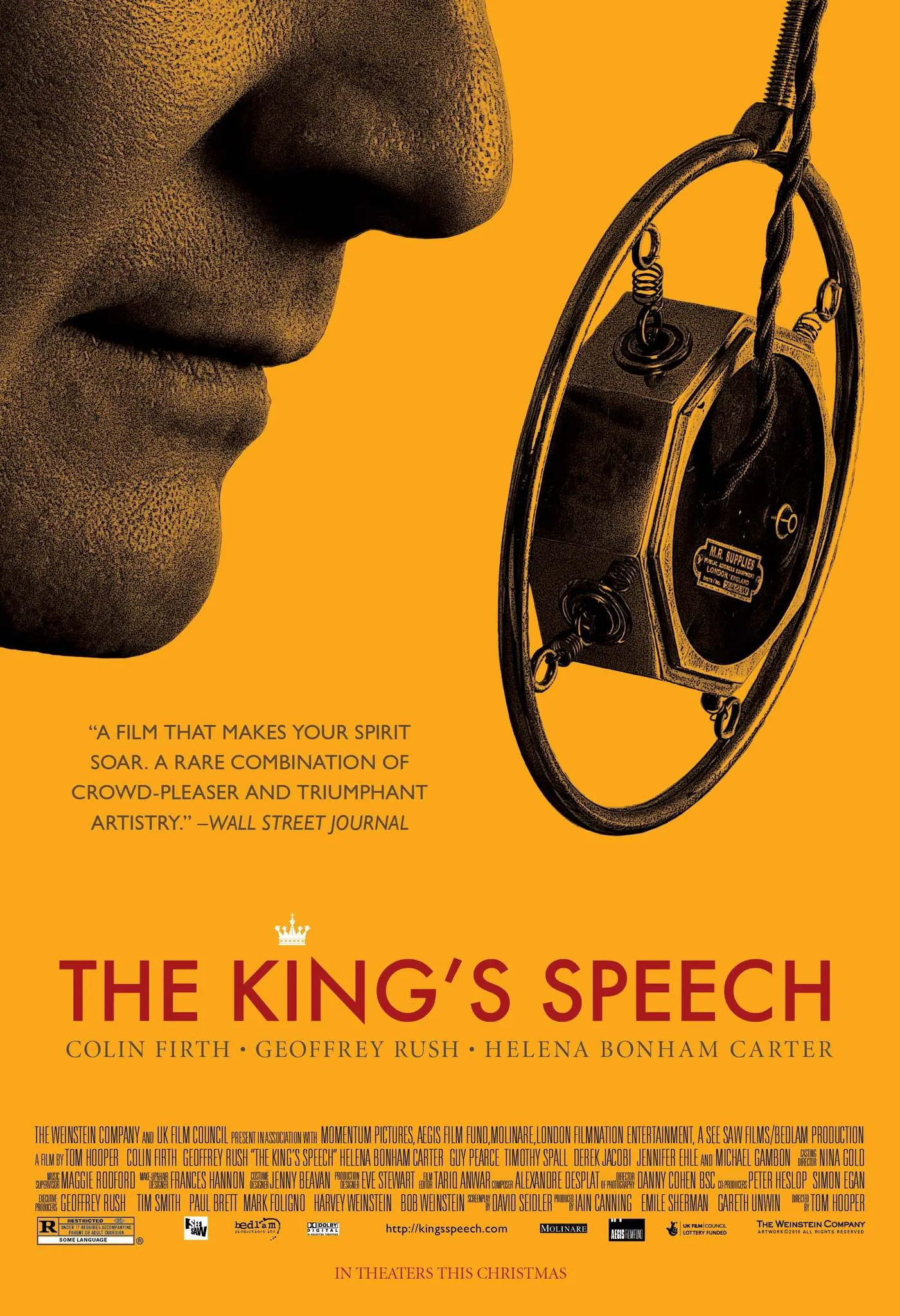Historical accuracy of King's speech

Historical accuracy of King's speech

Characters
King George VI (Bertie)
George VI's stammer and his determination to overcome it are well-documented. The film accurately portrays his struggle and eventual success. His sympathetic personality is also accurate.
Lionel Logue
Lionel Logue was indeed George VI's speech therapist, and his methods were considered unconventional for the time. Their relationship and Logue's techniques are portrayed largely accurately. While Logue was a speech therapist, the film downplays some of his less conventional methods and the fact he wasn't a traditionally trained doctor.
Queen Elizabeth (Queen Mother)
Queen Elizabeth's supportive role is consistent with historical accounts. Her poise and dedication to her husband are also accurately depicted.
Winston Churchill
Churchill's political maneuvering and support of the King during the abdication crisis and leading up to WWII are well-documented and accurately portrayed.
King Edward VIII (David)
Edward VIII's charisma and decision to abdicate the throne for Wallis Simpson are historically accurate. The film captures the essence of this historical event.
Wallis Simpson
Wallis Simpson's role as the catalyst for the abdication is accurately portrayed. Her status as an American socialite and her relationship with Edward VIII are consistent with historical records.
Story
King George VI's stammer
King George VI did indeed have a stammer. The film's portrayal of his struggle with this speech impediment is a core element of the story and is based on historical fact.
The King's reliance on Logue
The film emphasizes the King's reliance on Logue. While the exact nature of their bond is personal and subject to interpretation, it's generally accepted that Logue played a significant role in helping the King manage his stammer.
The Abdication Crisis
The Abdication Crisis of Edward VIII is a real historical event that led to George VI's ascension to the throne. The film's portrayal of this crisis is generally accurate.
The King's broadcast speech
The King's broadcast speech declaring war is a real historical event. The film recreates this moment, though some dramatic liberties may have been taken with the specific wording and delivery.
The relationship between George VI and his wife
The film portrays a close and supportive relationship between King George VI and Queen Elizabeth. While the intimate details are speculative, this portrayal aligns with historical accounts of their relationship.
The coronation scene
The coronation scene in the film is a reasonably accurate representation of the historical event, including the ceremony and the setting.
The King's fear of public speaking
King George VI's fear of public speaking was a real and significant aspect of his life. The film's exploration of this fear is central to the narrative.
Setting
The political climate leading to WWII
The film effectively captures the growing tensions and anxieties leading up to World War II. This historical context is crucial to the story and is well-represented.
The King's social circle
While the film depicts some of the King's social interactions, it's a simplified representation of his broader social circle and relationships with various figures of the time.
